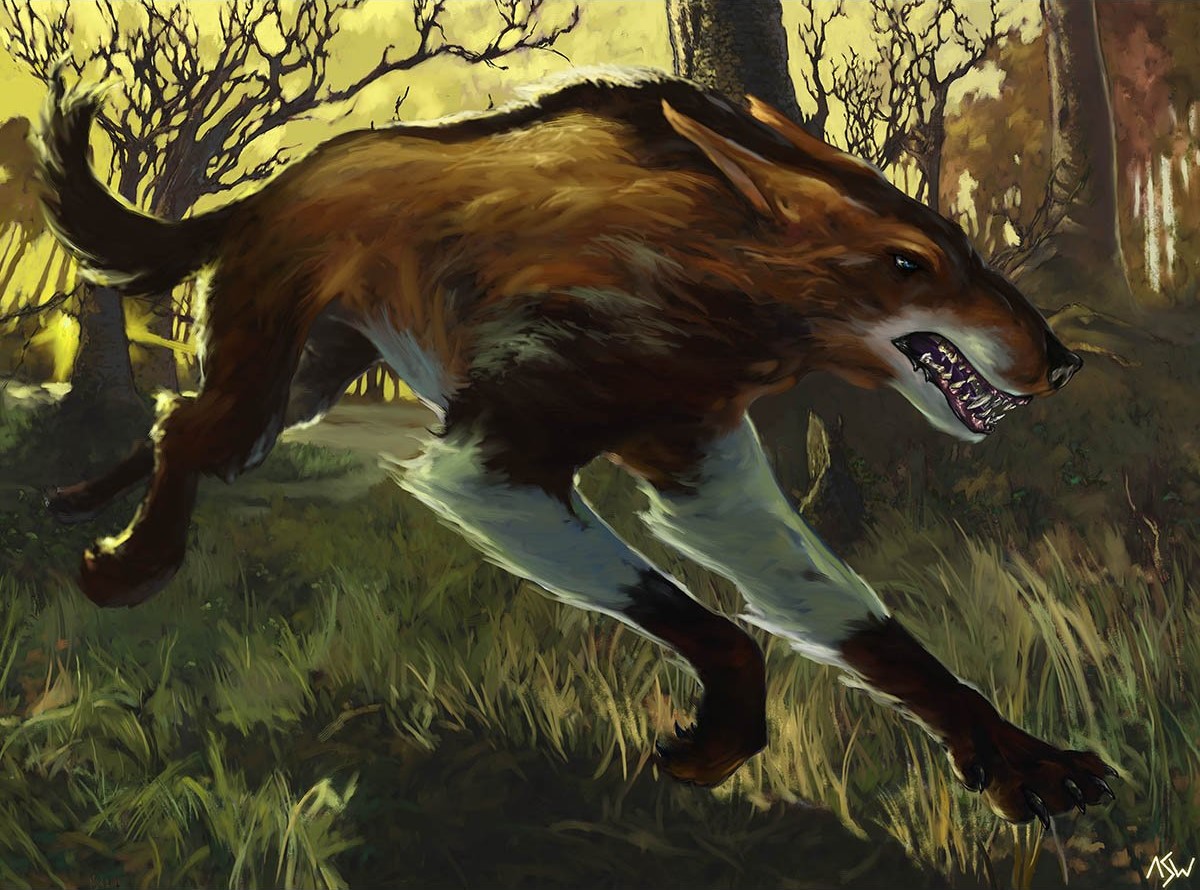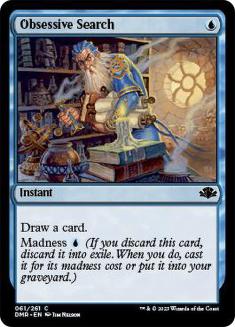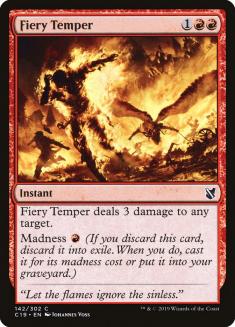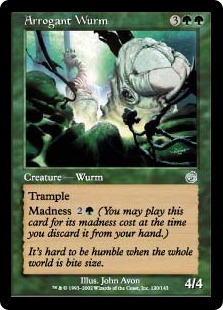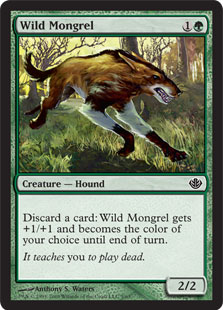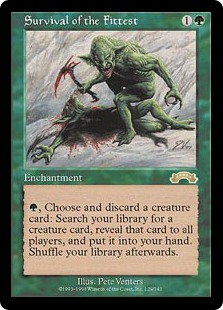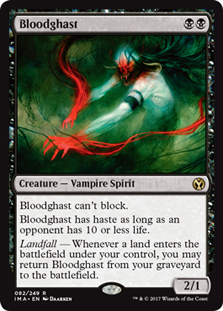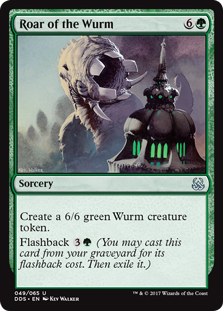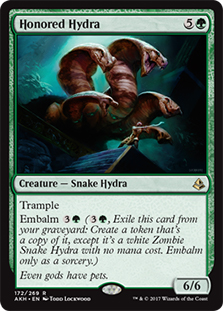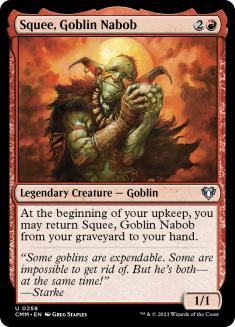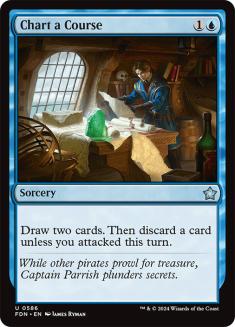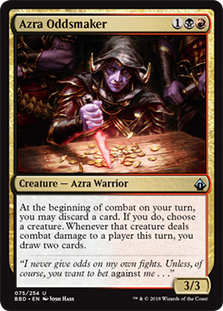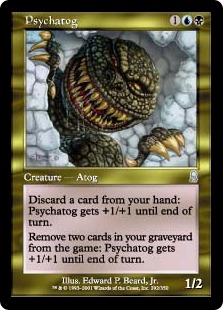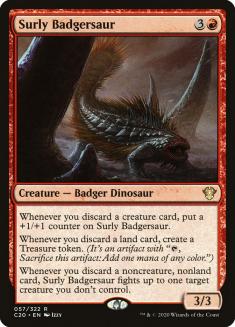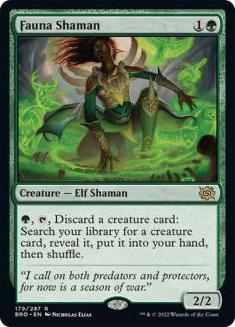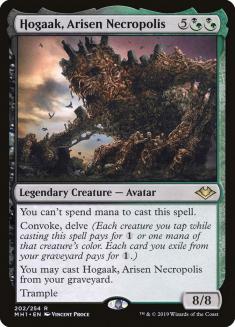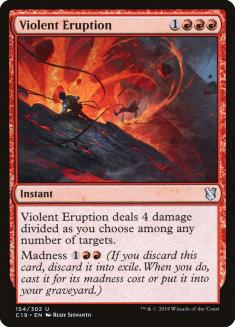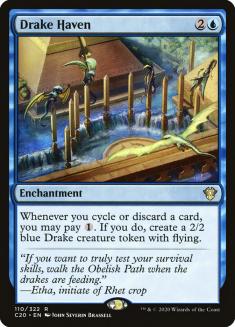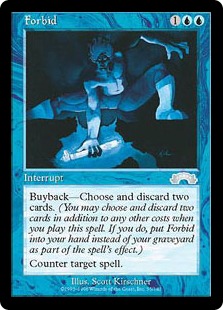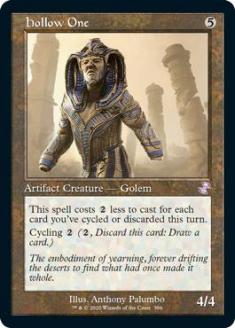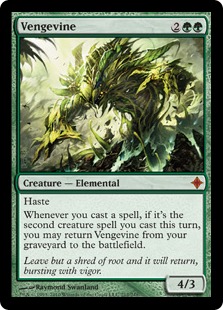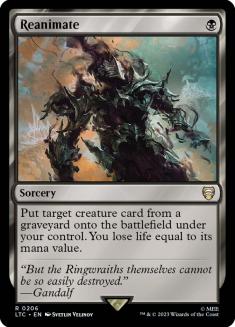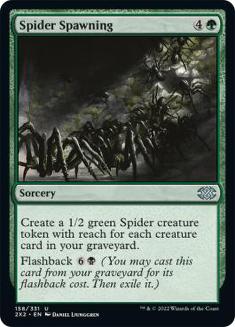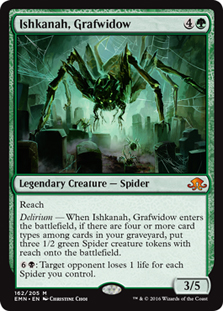Howdy, gamers! I’m writing this just before Outlaws of Thunder Junction previews kick into full gear, so I have a little more license to write about whatever I want this week. With madness being a feature of the current run of the Magic Online (MTGO) Vintage Cube and that being an archetype near and dear to my heart, this seems like the perfect time for a Deep Dive!
What Is Madness?
Madness is a mechanic first introduced in Odyssey block that allows you to cast certain spells for alternate costs if they would be discarded, though when we talk about madness in Cube, only a fraction of the relevant cards actually have this mechanic. A more approachable way to refer to this archetype might be “Discard Matters”, because any proper madness deck will be discarding a lot of cards! This is not to say that a deck full of Merfolk Looters would necessarily be a madness deck, but the more a deck benefits from the actual act of discarding cards, the better fit the name “madness” becomes for that deck.
How Should I Approach Drafting Madness?
More than most archetypes, madness decks revolve around drafting a good amount of several disparate moving parts. You’re looking for discard outlets, cards that are good to discard, cards that care about you discarding other cards, and cards that are useful to have in your graveyard as the most common avenue for bridging the gaps to other archetypes. Let’s take a closer look at each of these categories.
Discard Outlets
Discard outlets for a madness deck can look a bit different from what you might want for something like Reanimator. A card like Careful Study is nice if you have a madness card in hand when you cast it, but more commonly, you’ll want your discard outlets to be permanents that can be used multiple times. In lower-power environments like my Spooky Cube, this will look like Wild Mongrel, and in the current MTGO Vintage Cube, the big find is Survival of the Fittest. Cards like Basking Rootwalla, while powerful, aren’t going to win the game just because you got a freebie when you discarded them. You’ll generally need more of an engine than that to actually close.
Good to Discard
Cards that are good to discard will often mean the madness cards themselves, but the list of relevant options is longer than that. Cards that pop out of the graveyard, like Bloodghast, will generally be high-priority pickups. A classic example from the original Simic Madness decks is Roar of the Wurm, which you would want to discard given how much cheaper it is to flashback than it is to cast from your hand. I personally run the slightly glowed-up Honored Hydra in Spooky Cube.
Good in the Graveyard
Technically cards with flashback or other graveyard mechanics also qualify as cards that are good to have in your graveyard, but the best madness decks are looking for stuff like Anger that provides a really powerful ability just for existing in your graveyard. Squee, Goblin Nabob is another great card in this category, given that madness decks are trying to build a turn-over-turn engine. Being able to discard the same card multiple times helps a lot in games when you need to spin your tires a little bit to set up! A highly nostalgic option that requires a pretty modest power level would be Genesis.
Keeping Hands Stocked
Depending on what your discard outlets and options for cards to discard look like, it also tends to be important for madness decks to have some tools to keep their hands stocked with cards to discard. Squee is a great one, but regular old card draw can go a long way, with Chart a Course pulling double duty as either a discard outlet or a way to go up a card in hand. Azra Oddsmaker is a card that I can’t say enough good things about in this role.
Fixing Mana
Despite the mechanic’s Constructed roots in Simic, madness largely lives in Grixis in Cube. Of course, there are great green options, and we’ve even gotten some powerful options in white recently in cards like Chivalric Alliance. This is all to say that madness decks will often rely on drafting a decent clip of mana-fixing lands to play all of the cards that you want to as well.
In fact, I would generally say that mana-fixing lands are the highest picks for successful madness decks in my experience. The balance of discard outlets and payoffs can cause these decks to mulligan more than more straightforward archetypes, and good mana goes a long way in terms of making the average hand function. Even in the MTGO Vintage Cube, where Survival of the Fittest is the most important card for the madness decks, it is still significantly less powerful than plenty of other individually powerful cards in the Cube, and having good mana is going to set you up for success whether you move in on madness or some other archetype when you don’t see the necessary volume of support to build a madness engine.
How Fun Is Madness?
For my money, madness is among the most fun archetypes that I’ve worked closely on in Cube. The madness decks are a big part of why I will always love Spooky Cube, and as a player who loves drawing extra cards, it’s one of the more chaotic outlets to do so. It can be disastrous to have or draw the wrong spread of discard outlets and cards that you want to discard, but when properly supported, madness generates many of my favorite Cube decks.
Madness decks can take a good amount of game actions, but nowhere near the level of something like Storm, so in general I don’t find there to be anything uniquely upsetting regarding playing against madness decks. The one note I have in this regard is that there are a number of potential power level outliers that can be used to support the archetype, and if there are balance issues, it can feel horrible to lose to a deck that is both doing something much more powerful than your deck and taking more game actions to do so. A short list of cards cut from Spooky Cube to facilitate a more balanced play experience would be Hogaak (one draft), Violent Eruption, Drake Haven, Forbid, and Survival of the Fittest.
It’s worth noting that three of these cards are guilty of having too powerful of a repeatable effect and have the makeup of problematic power level outliers that I outlined recently. Violent Eruption was too often too cheap of a Plague Wind, and Hogaak is Hogaak. There are plenty of more modest options to explore in this archetype and none of these cuts made me feel any worse about madness as an archetype.
How Do I Support Madness As a Cube Designer?
The most important thing to remember about madness as a designer is that it’s a very slot-intensive archetype, much like Storm. Madness isn’t some small card package; it’s an entire deck. To the extent that there are individual cards that push players to draft madness, even the most powerful options still require a lot of supporting pieces to really hum.
Take Survival of the Fittest, for example. Before it was previously cut from the MTGO Vintage Cube, it offered strong card selection that was simply below rate for the highest-power environments. The idea behind the card’s inclusion today is that you’ll be able to use it to generate card advantage and close games with Hollow One, Vengevine, Hogaak, and Blazing Rootwalla. The other important thing going on with Survival is that it leaves you open to using it as a discard outlet for a Reanimator deck or to include this spread of madness cards in your Gaea’s Cradle deck.
Shared Space
In addition to including a lot of cards specifically for the madness archetype, identifying and supporting archetypes that live in similar space to provide overlapping draft lanes goes a long way here, too. Anything that cares about cards in graveyards plays. Reanimator is the easy go-to for high-power Cubes, and Spider Spawning and delirium are darlings of mine for Spooky Cube. If the graveyard matters, then discarding matters, too!
Power Bands
Madness can realistically work at about any power level. Whether you just want to generate some fun value in a Pauper Cube, push the limits of Bazaar of Baghdad, or (like me) fall somewhere in-between these two places, there’s a lot to like and a lot to explore here! It takes a lot of cards to make madness tick, so you don’t want it in every Cube, but I will always maintain at least one Cube that supports the archetype.

